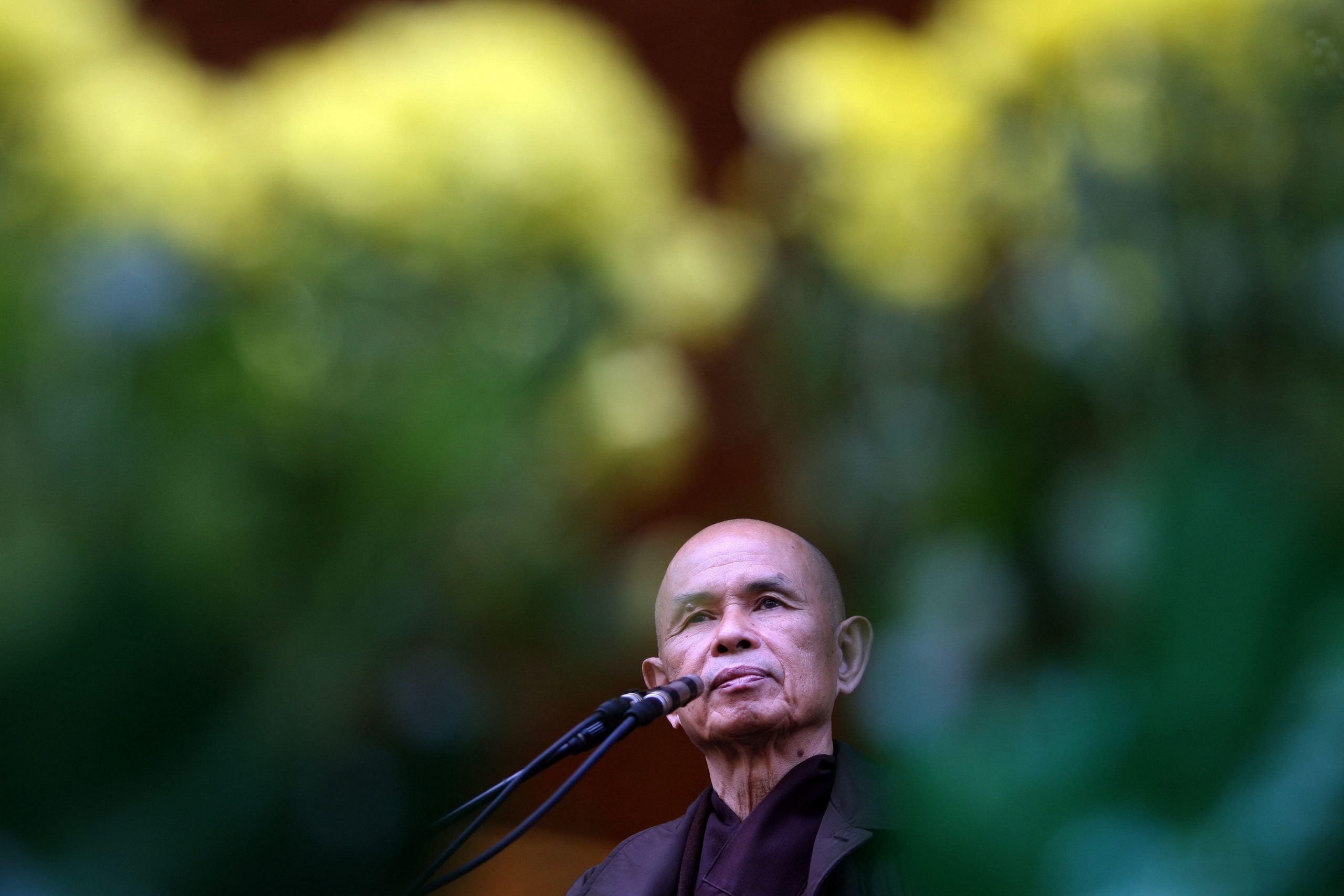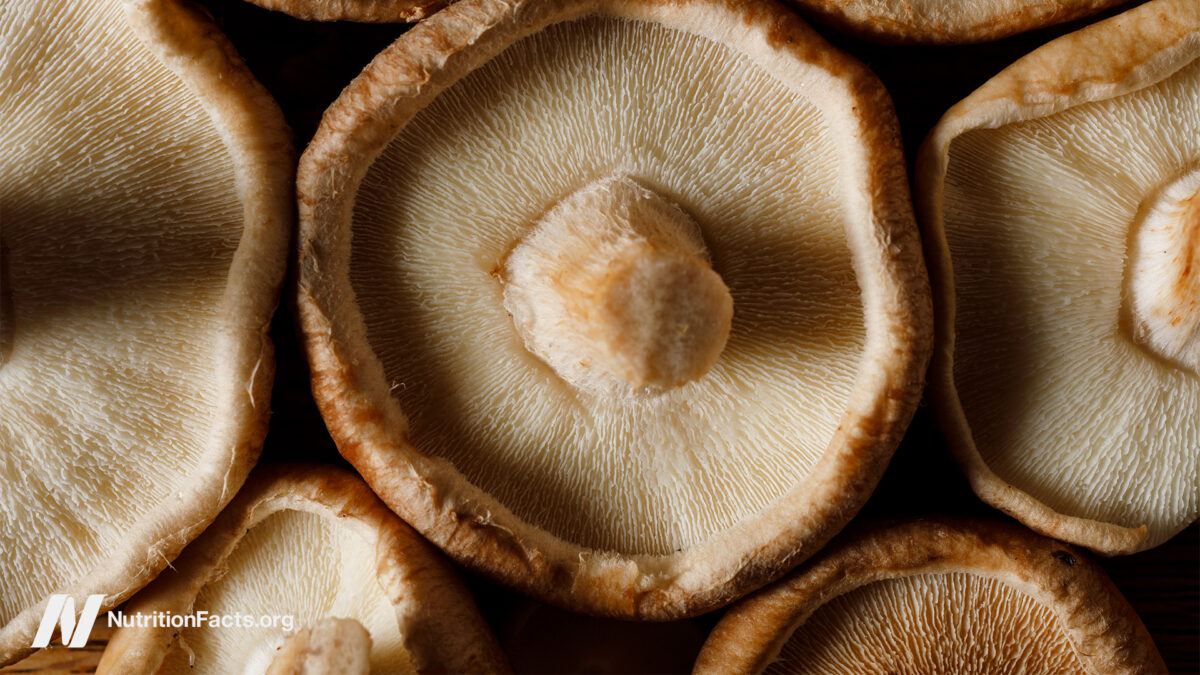Books in Brief: May 2025
Jessica Little reviews a series of new books for the May 2025 issue of Lion's Roar. The post Books in Brief: May 2025 appeared first on Lion’s Roar.

We live in a world that’s increasingly fragmented, lonely, and individualistic. In the face of this, people in various corners across the globe have formed small communities based on principles of mindfulness and ecological viability. Author and former Buddhist monk David Viafora has over twenty years of experience exploring, building, and living in such communities. His new book, Thriving Together: Nine Principles for Cocreating True Community (Parallax Press), is an ode to communal living in the modern era. He explores nine foundations of success, each rooted in sharing: sharing vision; friendship; service; joy; silence; appreciations; conflict and reconciliation; racial healing; and boundaries, addressing power. “Even in the shadow of our societal loneliness and separation,” says Viafora, “the wisdom of community lies dormant within us like ancient seeds buried deep in the earth, waiting for a strong rain to burst them open again. Community is in our bones and our blood; it is our survival and our birthright as a species.”
One of the core ethical guidelines of Buddhism is to do no harm. In the face of the immense harm caused by climate change, many of us wonder how to uphold this tenet. In his new book, Zen Ecology: Green and Engaged Living in Response to the Climate Crisis (Wisdom Publications), Christopher Ives offers tools to manage climate anxiety and concrete actions to help improve the world. He examines our relationship with consumption and advocates for voluntary simplicity. He also addresses techniques to ease modern-day freneticism, which is exacerbated by our relationship with technology, and explores “right communication,” a practice rooted in mental spaciousness and groundedness rather than fearmongering or confrontation. Gratitude and reverence for our planet, along with small daily actions to make the world a little better, are central to a Buddhist approach to climate change.
Watching our children struggle can be excruciatingly painful, and when kids aren’t doing well, parents can sometimes make things worse. They may project their own discomfort onto an already difficult situation, try to fix everything for their child, or simply get caught up in the story. In Growing Self-Compassionate Children: A Family Guide for Nurturing Resiliency and Kindness (Shambhala Publications), coauthors Wendy O’Leary and Louise Shanagher offer practices for families, incorporating mindfulness techniques and a sense of common humanity. The first step is to start with yourself—learning to recognize unhealthy patterns when dealing with hard emotions and transforming them into kindness and self-love. Next, teach your child to love themselves and recognize their strengths. Finally, integrate self-compassion into family life. The book includes hands-on activities and crafts for younger children, such as “Hold It with a Loving Heart,” where children draw or write about a difficult experience and place it in a heart-shaped box, symbolizing love, care, and protection for their challenging emotions.
Zen Mind Jewish Mind: Koan, Midrash & The Living World (Monkfish Book Publishing) is a playful and intelligent exploration of the underlying spiritual truths shared by Judaism and Buddhism. Inspired by Shunryu Suzuki Roshi’s famous work Zen Mind, Beginner’s Mind, Rabbi Rami Shapiro draws a parallel between the Zen concept of beginner’s mind and the Jewish idea of questioning mind. As he puts it, “Jewish Mind/Questioning Mind and Zen Mind/Beginner’s Mind are the same mind: dynamic, daring, iconoclastic, often humorous, and devoted to shattering what Zen calls ‘dead words’—words, texts, isms, and ideologies closed to fresh inquiry.” Shapiro compares Zen koans to Jewish midrash, examines the concept of self in both traditions, and explores their relationship with language. The second half of the book consists of short how-to lessons—how to eat, how to breathe, how to die, etc.—all inspired by blending Buddhist and Jewish teachings.
Author and activist Kazu Haga has a background in Buddhism, nonviolent action, and trauma healing. In his latest book, Fierce Vulnerability: Healing from Trauma, Emerging Through Collapse (Parallax Press), he explores ways to resolve the collective trauma underlying political injustice and racial inequity in today’s world. Haga believes that by allowing ourselves to be vulnerable and opening up to the deep pain within us, we can grieve our wounds and move beyond hurt toward something better. He emphasizes that this process of opening to pain must occur not only on an individual level, but also collectively; we must grieve publicly for the pain of the world. As Haga states, “I have so much faith we can affirm life, create beauty, cultivate connection, and move toward healing, even in the midst of collapse.”
A former associate editor at Lion’s Roar, Pamela Ayo Yetunde is a big fan of Prince’s music. Each chapter of her new book, Dearly Beloved: Prince, Spirituality & This Thing Called Life (Broadleaf Books), is prefaced with song suggestions to enhance the reading experience. The book includes her own poetic homage to Prince in the appendix, and she encourages readers to write their own creative notes, poems, or songs inspired by him as they read. Although troubling allegations of abuse by Prince have recently come to light, Yetunde sees another side of him in his lyrics. Initially, his lyrics may seem purely sexual. That said, they often contain a second, deeper layer—one that’s profoundly spiritual, inclusive, and rooted in love. Prince was raised with Seventh-day Adventist influences and later became involved in the Jehovah’s Witness tradition. While his songs reflect those values, he also frequently references the Kama Sutra, both in its exploration of sex and in its celebration of artistic expression. For Yetunde, Prince is both a theologian and a spiritual guide.
For a three-year period between the writing and the publication of On the Road, beatnik author Jack Kerouac submersed himself in Buddhist and Daoist texts. He was searching for personal salvation, and at the same time he hoped to educate and help others by writing about Buddhist philosophy. Kerouac’s writings from this period are presented in The Buddhist Years: Collected Writings (Rare Bird Books), edited by Charles Shuttleworth. Kerouac is at his finest in this collection of previously unpublished material. There’s a heady mix of spiritual musings combined with colorful, often semi-autobiographical storytelling. His exploration of Buddhism serves his writing well, softening and deepening his reflections and observations about life. The collection also includes extracts from Kerouac’s journals, lists, and drawings, all of which provide insight into Kerouac’s state of mind during this period. He was brought up Catholic and returned to Catholicism at the end of his life. However, his foray into Buddhism, particularly as it’s outlined in his famous novel Dharma Bums, had a significant influence on the sixties’ zeitgeist.
Breath is at the heart of Buddhism. In fact, according to Pali commentators, breathing meditation is apparently the practice the Buddha undertook on the night of his awakening. Breathing Mindfulness: Discovering the Riches at the Heart of the Buddhist Path (Shambhala Publications) provides a historical survey of different forms of breathing meditation and their development. Author Sarah Shaw explores both ancient and contemporary Buddhist texts. She focuses primarily on South and Southeast Asian Buddhist traditions, where breathing meditation has been most widely practiced, but she even touches on its presence in non-Buddhist traditions—the Indian Upanishads, Daoism, Sikhism, and ancient Greek mythology. Shaw likens breathing meditation, with its many iterations across history and geography, to an old-growth forest—layered, deep, and diverse—where each of us may find our own path.
Jessica Little is an English teacher and freelance writer who lives in Nova Scotia.

 Hollif
Hollif 



















![The 2026 AI Search Benchmark Every SEO Leader Needs [Webinar] via @sejournal, @lorenbaker](https://www.searchenginejournal.com/wp-content/uploads/2025/11/1-259.png)











